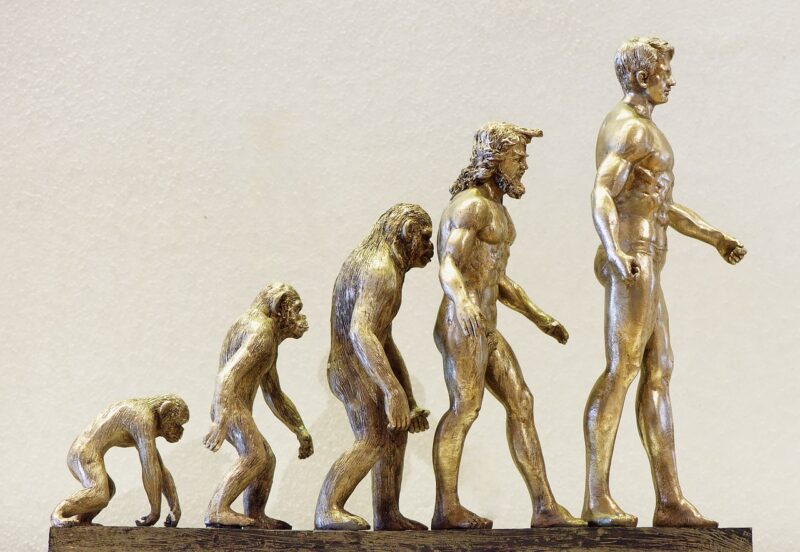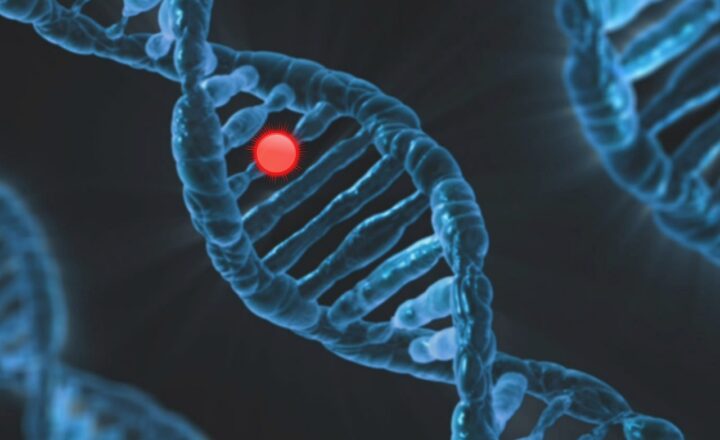The Evolution of the Senses: How Humans Developed Sight, Smell, and Hearing
November 12, 2024

The human experience is rich and multifaceted, significantly shaped by our sensory perceptions. From the beauty of a sunset to the aroma of freshly baked bread, our senses—sight, smell, and hearing—connect us to the world around us. But have you ever wondered how these remarkable faculties developed in our ancestors? In this article, we delve into the evolutionary journey of these senses, exploring how they have adapted over millions of years to enhance survival, communication, and enjoyment of life.
1. The Role of Senses in Survival
Senses play a crucial role in survival, acting as our primary means of gathering information about the environment. Early humans relied heavily on their sensory abilities to navigate challenges, identify food sources, and avoid predators. The senses can be seen as evolutionary adaptations that improved chances of survival in a world filled with danger.
– Sight: The ability to see allowed early humans to distinguish between food and non-food items, spot predators, and navigate complex terrains. Human vision evolved to include a full spectrum of colors, which enhanced the ability to identify ripe fruits and fertile land.
– Hearing: The auditory sense is crucial for communication and danger detection. The ability to hear sounds from a distance meant early humans could detect prey or predators long before coming into view, giving them a crucial survival advantage.
– Smell: The olfactory system informs us about the presence of food, predators, or environmental hazards. Smell plays an essential role in food preferences, mating choices, and social interactions. For example, the scent of ripe fruit communicates its edibility, while the odor of a predator signals danger.
The interplay of these senses has been pivotal throughout human history, making sensory development a focal point in understanding human evolution.
2. A Deeper Look into the Evolution of Sight
Sight is often considered the most dominant of the human senses, providing critical information about the world. Funded by millions of years of evolution, our visual system has undergone significant changes.
– The Development of Color Vision: While many animals see in shades of gray, human ancestors developed trichromatic vision, allowing them to distinguish between reds, greens, and blues. This adaptation is believed to have evolved to help locate ripe fruits and young leaves in the lush environments of early human habitats.
– Enhanced Depth Perception: Humans have stereoscopic vision, which allows for depth perception and the ability to gauge distances accurately. This was especially important for early hunters who needed to estimate the distance to their prey in the thick foliage of their habitats.
– Eyesight and Larger Social Groups: As humans began to form larger social groups, facial expressions became a vital mode of communication. The enhanced ability to read subtle changes in expressions aided in social bonding, cooperation, and conflict avoidance, further boosting survival.
Through the development of a complicated visual system, humans became adept at interacting with their environment, enhancing their possibilities for survival exponentially.
3. The Evolution of Smell: An Invisible Force
Smell, often overlooked, has a significant impact on human behavior and social interactions. Olfactory senses are deeply rooted in our evolution, shaping not just survival methods but also societal structures.
– The Olfactory System’s Development: The human olfactory system is remarkably complex, with nearly 400 functional olfactory receptor genes that allow us to detect a broad range of scents. This sensitivity likely stemmed from the need to identify safe foods and detect spoilers, as well as social cues like pheromones.
– Linking Smell to Memory and Emotion: The connection between smell and memory is well-documented; scents can trigger vivid recollections and emotional responses. This feature may have played an evolutionary role in forming social bonds or recognizing kin, reinforcing communal living and cooperative behaviors.
– Cultural Impacts of Smell: Various cultures have developed unique interpretations and classifications of scents, which influence cuisine, medicine, and personal interactions. The significance of smell in different cultures continues to be recognized, contributing to our understanding of historical human behavior.
The evolution of the sense of smell offers insight into the complex ways humans interacted within their communities and responded to their surroundings, forming the foundations of human society.
4. The Evolution of Hearing: The Sound of Communication
Hearing is a fundamental aspect of communication, playing a crucial role in the development of language and social interaction.
– From Sounds to Language: Early humans relied on a combination of audible cues and body language to communicate among themselves. The evolution of hearing directly contributed to human capacity for complex language systems, which facilitated cooperation, storytelling, and communal living.
– The Evolutionary Advantage: In a world filled with sounds—from rustling leaves to distant animal calls—the ability to hear was a considerable advantage. It enabled early humans to respond to environmental changes and threats, thereby improving their chances of survival.
– Hearing and Social Structures: As societal structures became more complex, effective communication became crucial. Sound-based communication fosters social bonds, creates group cohesiveness, and allows for the development of culture and norms.
Hearing has profoundly shaped human relationships and the structure of societies throughout history, emphasizing the necessity of communication for community survival.
5. The Interconnectedness of Sensory Evolution
The evolution of sight, smell, and hearing are not isolated processes; instead, they have developed in a synchronized manner that enhances overall human experience. The interplay of these senses enriches our understanding of the world, allowing immediate responses to environmental stimuli.
– Integration of Senses: The brain integrates data from various sensory modalities to create a coherent picture of reality. For instance, the combination of sight and smell enhances flavor perception, as food consumption depends on the collaboration of taste and smell.
– Cross-Modal Perception: Humans exhibit a cross-modal perception where stimulation of one sensory modality influences another. For instance, studies suggest that visual cues can enhance auditory perception and vice versa. This interconnectedness allows humans to navigate and survive in their environment more effectively.
The harmony between senses develops a comprehensive understanding of the environment, influencing decisions that lead to better outcomes in terms of survival and social interactions.
Conclusion: A Journey Through the Senses
The journey of the senses—sight, smell, and hearing—is a testament to the remarkable adaptability and resilience of the human species. Each sense has evolved intricately to serve our survival and enrich our experiences, resulting in a complex interplay that shapes our interactions with the world.
Understanding how these senses developed offers not only insights into our evolutionary past but also a greater appreciation for the rich tapestry of human perception today. As we continue to evolve, our senses will undoubtedly adapt further, highlighting the dynamic nature of human existence.
By recognizing the significance of our sensory faculties, we can foster a greater appreciation for nature, communication, and the beauty surrounding us in our everyday lives.







